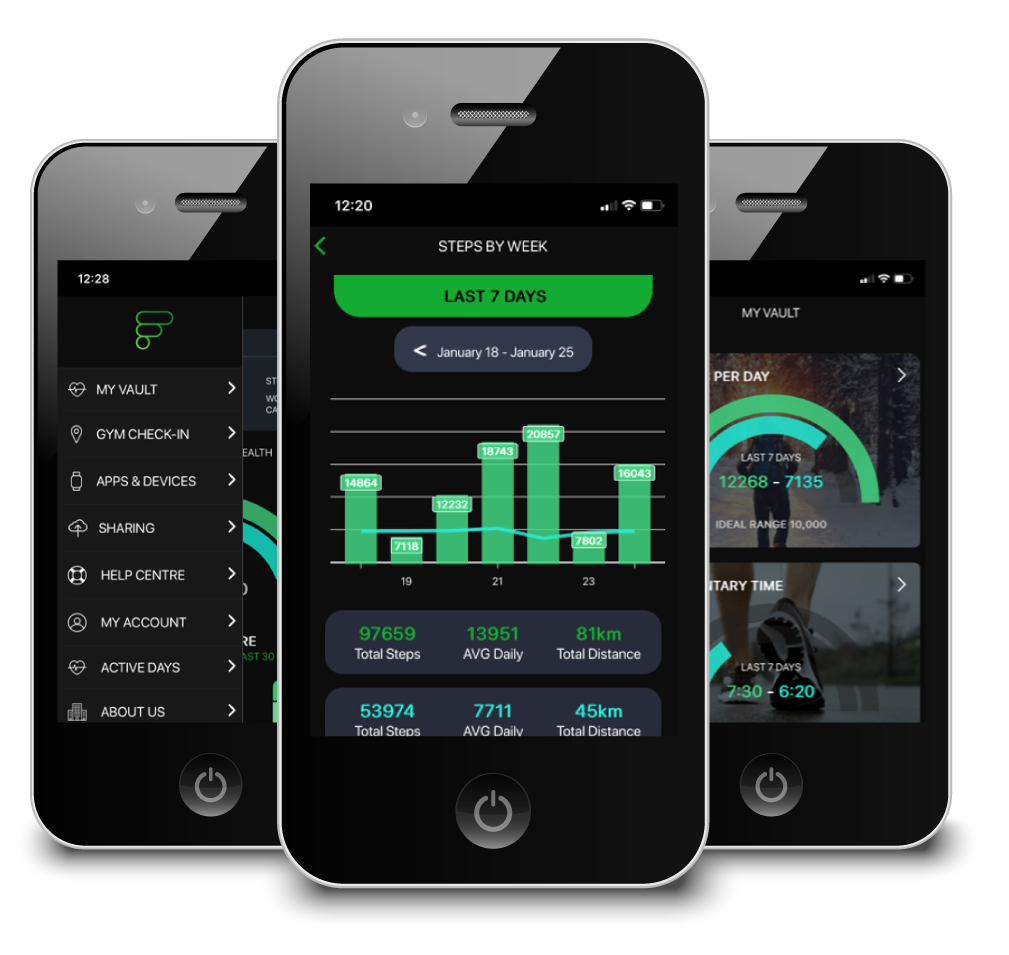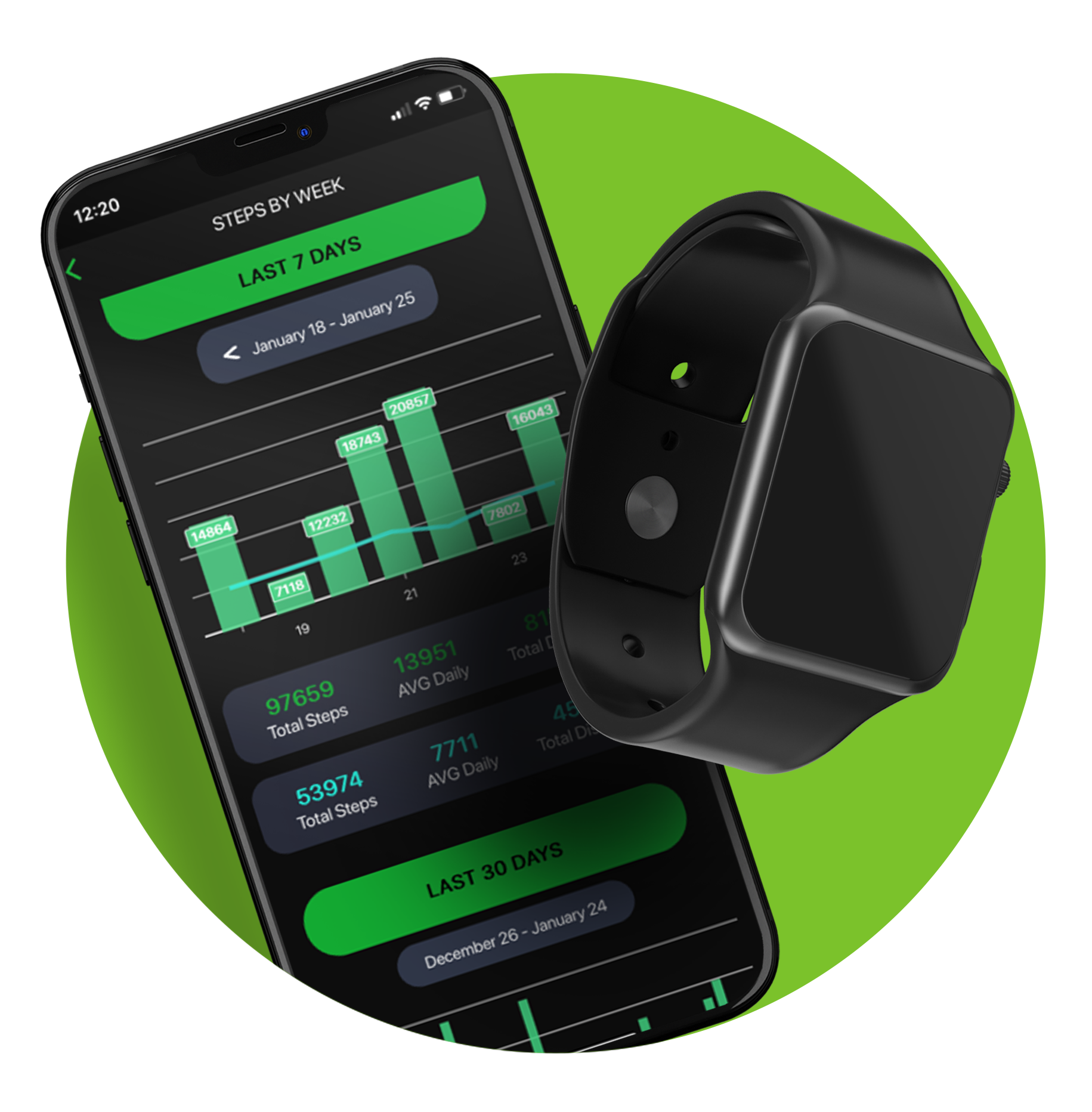Life insurers can harness data from wearable devices to gain a more nuanced understanding of their policyholders' health and lifestyle patterns, enabling them to create more effective reward programs.
Wearable devices generate a wealth of data, tracking various health and fitness parameters such as steps taken, heart rate, sleep quality, and calories burned.
The detailed insights from wearables can empower life insurers to devise personalized wellness programs. By analyzing a policyholder's activity data, insurers can identify specific health areas needing improvement, such as physical activity levels or sleep quality, enabling them to customize incentives to motivate positive changes, promoting healthier living among policyholders.
Secondly, wearable data offers a more objective way to assess risk. Traditional life insurance assessments often rely on self-reported data, which can be subjective or inaccurate. In contrast, wearable devices provide objective, real-time health data, allowing life insurers to make more informed risk evaluations and underwriting decisions.
Thirdly, life insurers can boost policyholder engagement by rewarding them for sharing their wearable data and participating in wellness initiatives. This approach not only encourages healthier habits but also strengthens the bond between insurers and their policyholders, potentially leading to enhanced retention.



